The Control Center | Nervous Disorders
According to the Comprehensive Nursing Manual
Every highly complex machine must have a control center — some place where all important decisions are made and where the activities are co-ordinated. For instance, a large jet plane has powerful engines to carry it through the air, and luxurious space for the comfort of all the passengers. The plane is also well-equipped with food compartments, so that delicious meals can be served by charming hostesses who are constantly watching over the welfare of all on board. But while the plane is in flight, there is one spot where the captain, his co-pilot, and the navigation officer are hard at work. During a long flight the passengers may relax and rest, but these men are always on duty, day and night, as long as the plane is in the air.
So it is with the human body. We have many important organs, such as the heart, lungs, kidneys, and liver, all hard at work — not to mention those fabulous little endocrine glands, such as the thyroid, pituitary, adrenals, and many more. All of these are necessary in keeping us alert and healthy. Other parts of our bodies, such as our eyes and ears, are constantly at work keeping us informed of what is going on. Our digestive organs utilize the food and provide us with energy to keep going at our best. Our hands are forever active, doing what we want done, and our legs and feet are busy carrying us wherever we want to go.
— Source 1, Source 2
The human body is therefore made up of a nervous system consisting of the Brain, Spinal cord and the Autonomic/Peripheral nervous system.

Why Some People Fail
Not every baby born into this world has the same capacity for success. Much depends upon the arrangement of genes within that first tiny embryonic cell, the fertilized ovum. The environment in which he grows up will make a vast difference. And even more important will be the use he make of the talents and opportunities given him. We cannot blame our ancestors (village people) for all our failures. The real responsibility often lies within ourselves. Shakespeare understood this so well when he wrote, “The fault, dear Brutus, is not in our stars, but in ourselves that we are underlings.” How true! Our own mental laziness is only too often the real reason for our failures in life.
Disordered thinking is so common today. Sometimes it is the result of disease. At other times, it springs from bad habits of living or perhaps from factors beyond our control. The brain and nervous system are so easily damaged and may be destroyed by certain poisons and injuries that are often the result of our own carelessness. This post deals with some of the more important of these conditions. Some are inevitable, others may have been inherited. But most of them arise from our own foolish ways of living.

PAIN
Nerves are found in all parts of the body. Some carry electrical impulses to the muscles, telling them how and when to move. These are known as motor nerves. Others carry sensations back to the brain. These are referred to as sensory nerves. Thus we can tell when we are lightly touching an object, or are exerting heavy pressure against it. We can also tell whether the thing we are touching is warm or cold. All of these sensations are carried by different nerve fibres. But the fibres we are most concerned with are those that carry the sensations of pain, for pain is one of nature’s important warning signals, letting us know that all is not well.
There are many different causes of pain in the body.
For instance, a pain in the chest might be due to
heart disease, arthritis of the chest wall, radiculitis (neauritis of the peripheral nerves),
Various lung conditions, such as
tuberculosis, pleurisy, pneumonia, and even tumours of the lung.
Pains in the abdomen might arise from
a diseased pancreas, a blocked blood-vessel, intestinal obstruction, or conditions affecting the liver, spleen kidneys, ureters, and many more.
Pains in the extremities may be due to
Arthritis, fibrositis, myositis, various injuries, or perhaps chemical changes in the blood stream.
Never forget that pain is an important sign of trouble within the body. It should never be neglected. Nor should one be tempted to take some simple pain-killing medicine and forget the discomfort. This is particularly important if the pain tends to recur. A careful physical examination should always be done.

NEURITIS AND NEURALGIA
Neuritis. This means “inflammation of the nerves,” possibly involving a single nerve or a group of nerves. At times several different groups in various areas may be involved, a condition referred to as Polyneuritis.
Neuritis may arise from a blow, a penetrating injury, a bad bruise, or heavy pressure over a nerve trunk.
Dislocations and fractures of the bones may result in various forms of Neuritis.
Tumours may also bring about this.
Any violent muscular activity or over-extension of the joint, as in a sprain, may injure the nerves and cause Neuritis.
Excessive vibration from machine tools, such as air-hammers, may eventually produce this same inflammation of one of the nerves.
So will a cramped posture, as in gardening.
Certain infections such as leprosy, tetanus, and tuberculosis, may sometimes produce pain in the nerves.
Herpes zoster or shingles is a form of Neuritis arising from some virus infection involving certain nerves. The pain from shingles may continue for months or even years.
Certain heavy metals, such as lead, arsenic, mercury, bismuth, copper, and manganese, may at times cause a toxic Neuritis. This is also true in such non-metallic poisons as alcohol, carbon monoxide, carbon tetrachloride, benzene, and also certain drugs.
The chief symptoms of Neuritis are tingling or “pains and needles,” and also burning, boring, or stabbing pains in the affected nerves. In the more severe cases, there may be numbness and loss of sense of sensation, and the nearby muscles may be paralysed.
Neuralgia
This is an acute severe pain for which no basic cause can be found. It is most often associated with Neuritis as mentioned above. Trigeminal neuralgia or tic douloureux is one form of neuralgia which is marked by brief attacks of severe pain along the branches of the trigeminal nerve (this is the large sensory nerve of the face and head).
There is intense stabbing pain on the side of the face and around the eyes. At first, these pains may last for one or two minutes, and then the patient may have no more pain for several weeks or months. As the disease advances, the patient notes that parts of his face are more sensitive, and the pains come more frequently when these areas are touched.

CONVULSIONS AND EPILEPSY
Epilepsy is a serious disorder of the brain, characterized by periodically of unconsciousness, lasting from two or three seconds up to several minutes. These attacks are often accompanied by convulsions in which the patient falls to the ground.
There are four main types of seizures:
- Grand mal
- Petit ma
- Psychomotor attacks, and
- Epileptic equivalents.
Each follows its own specific pattern. No one knows the true cause of epilepsy, but no doubt some abnormal electrical discharges occur within the brain tissue and these cause the seizures.

NAIL BITING
Nail biting is a common sign of nervous strain. Once developed, it is a difficult habit to break, particularly during adolescence. In solving this problem, try to remove every known cause of worry and anxiety. Be sure to take sufficient rest and avoid over-excitement. Some people apply various bitter-tasting substances to the nails, but these do little good, for the do not remove the cause of the trouble.
Remember, nagging and unkind criticism only lead to further tension and unhappiness. Be sure to provide plenty of wholesome outdoor exercise, including frequent deep breathing. This increases the blood circulation and helps to get rid of the nervous tension. Meanwhile keep the nails short and smooth, so there will be less temptation to bite them.

STAMMERING AND STUTTERING
Stammering and stuttering usually begin in early childhood, and unless properly handled, this serious handicap may continue for the rest of a person’s life. Because of nervous tension, the child may find himself unable to say the right word. He becomes flustered and the wrong sounds come out. Laughing at him will only deepen his embarrassment. Try not to be too concerned. Speak slowly and correctly and keep him calm and quiet.
It arises from nervous tension and anxiety. But there is a brighter side to this, for some of the world’a greatest orators have also suffered from this problem. In their determination to master this annoying habit, they have been able to discipline themselves and thus, overcome a most serious handicap.

Other nervous disorders include:
- Hiccups
- Brain waves
- Headache; megrim headaches, tension headache, alcoholic headache, headache due to constipation, headache due to high blood pressure, sinus headache, headache caused by Eyestrain
- Shingles or Herpes Zoster
- Parkinson’s Disease
- Tremors
- Cerebral palsy
- Dizziness
- Strokes
- Concussion, etc.
References for further read:



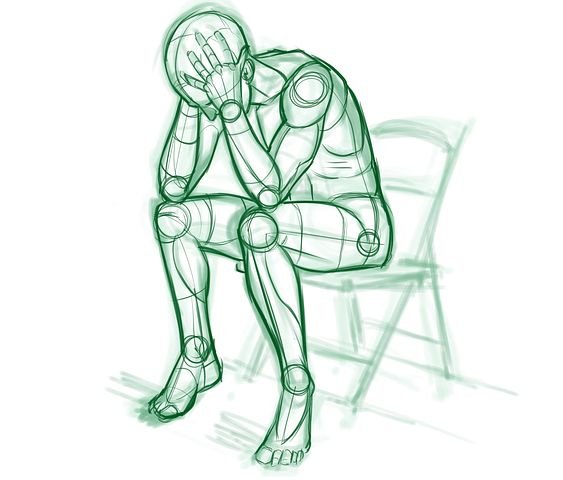
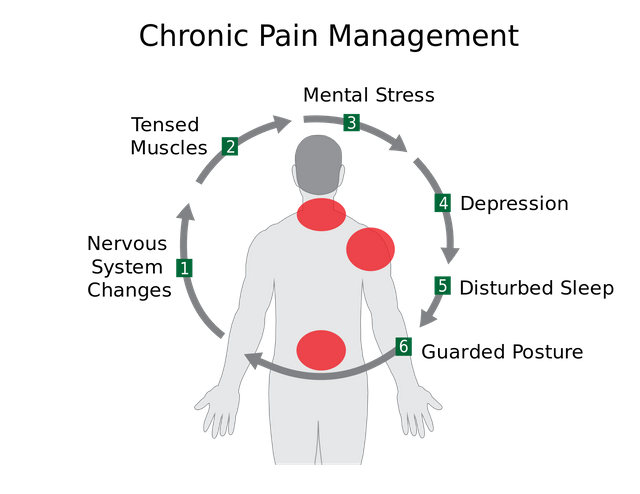
_(14596397217).jpg](https://cdn.steemitimages.com/DQmTa1jvBUZgCugrWcXp9NFQWsaUb82vK4Kxwcf8ZYZzYyC/Diseases_of_the_nervous_system_-_a_text-book_of_neurology_and_psychiatry_(1915)_(14596397217).jpg)
)
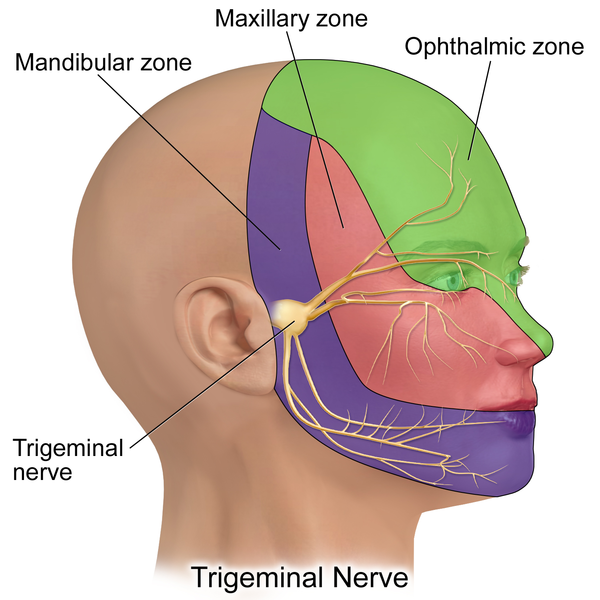
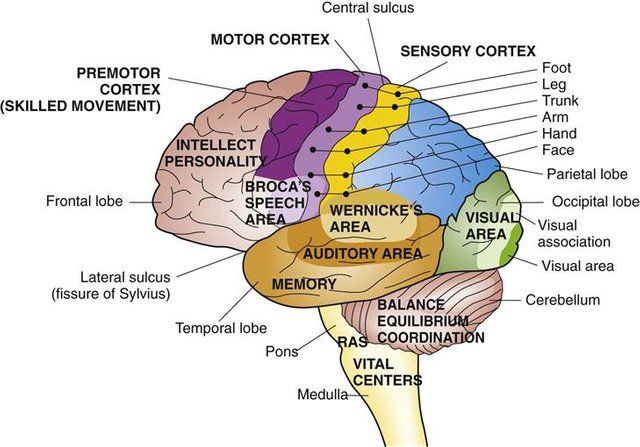
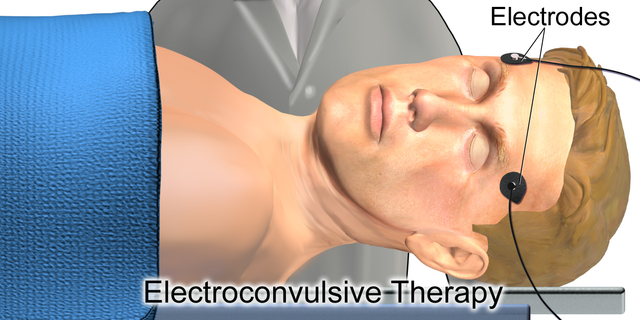

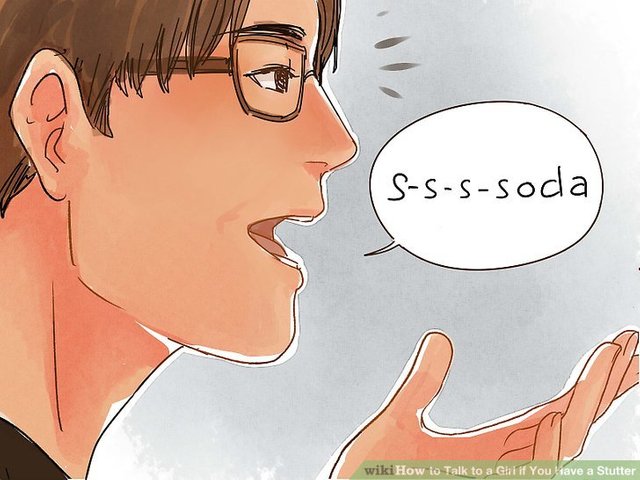
Epilepsy is one of the most scariest conditions I have seen. God heal the land.
Can stammering and stuttering be solved or cured?
#bigwaves
It is...
Stuttering can be very well cured. It only takes time and patience. For further information on it, please visit my reference list. There you'll find various forms of treatments for stuttering.
Thank you!